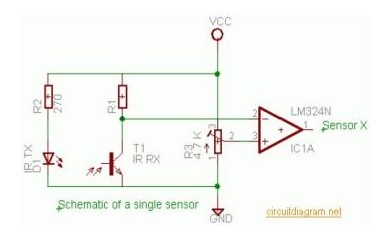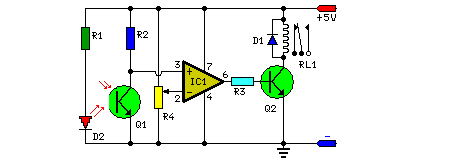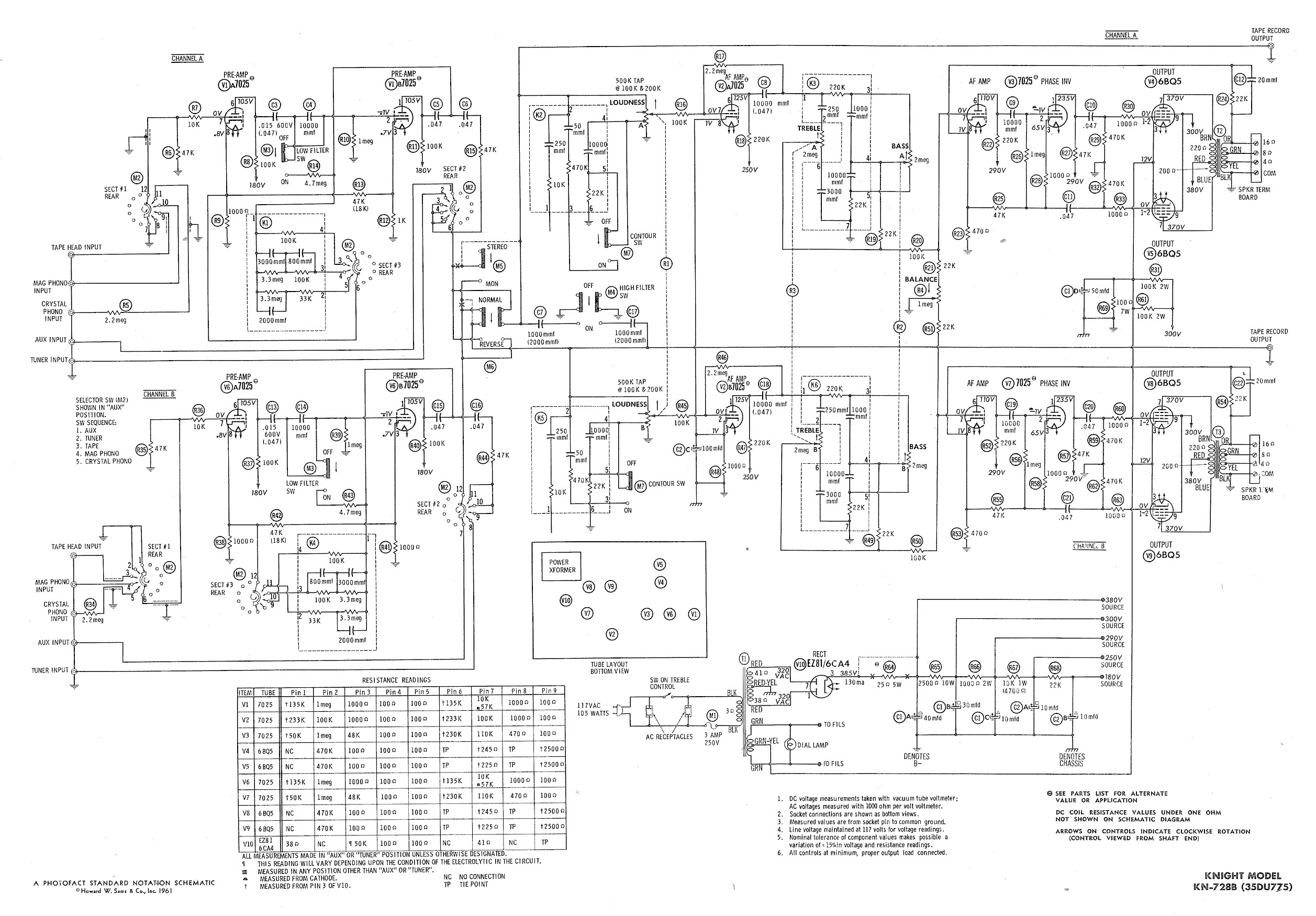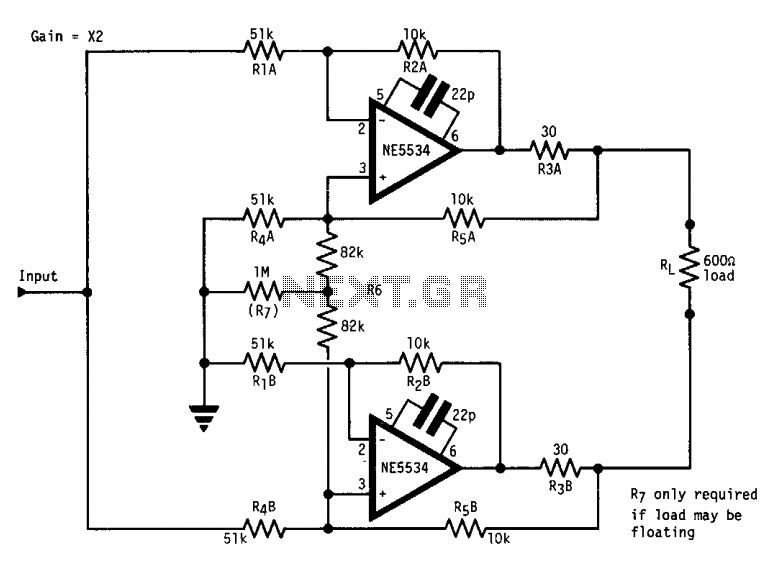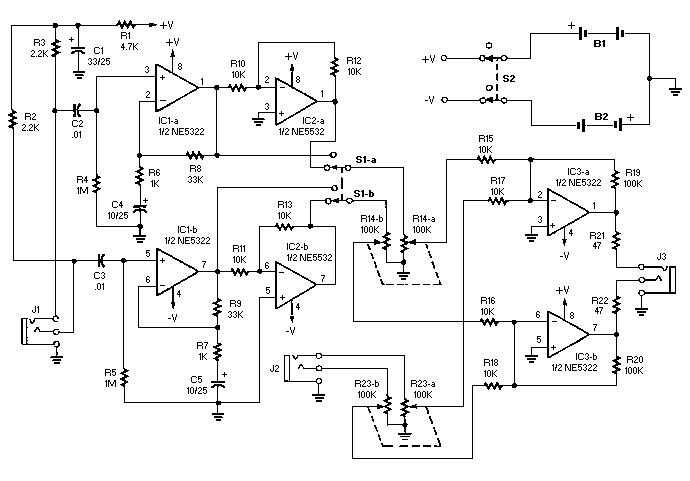
microcontroller Can I cut off the 5v output of the IOIO to the Android
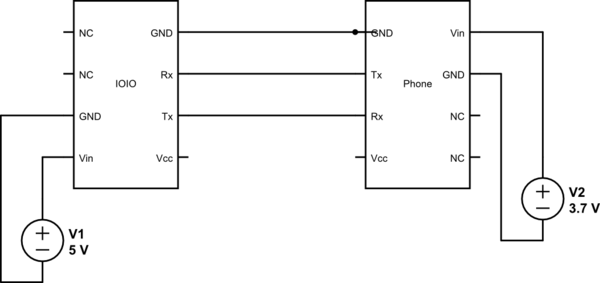
This project utilizes Sparkfun's IOIO for Android, focusing on power consumption concerns. The IOIO board can provide the phone with 500 mA charging, which may be excessive for continuous operation. The proposed solution is to power both the phone and the IOIO board separately from a single external power source. The phone operates at 3.7V, while the IOIO requires 5V. A key aspect of this setup involves cutting off the 5V line on the cable connecting the IOIO to the phone, while maintaining the GND, Rx, and Tx lines for serial communication. It is important to note that USB does not utilize TX and RX lines in the same way as UART; instead, it employs D+ and D- for bidirectional differential signaling. The VBUS line, often referred to as Vcc, is crucial for detecting the presence of the host (the IOIO in this case), making the suggested approach impractical. A more effective solution is to utilize the current limiting trimmer available on the IOIO board. This trimmer should be set fully clockwise initially, and then adjusted counter-clockwise until the connection drops, followed by a slight return to ensure stability. The minimum current achievable through this method varies depending on the phone model. Additionally, turning off the screen and communications on the Android device can significantly reduce current consumption, provided the phone's battery is fully charged. The requirement for VBUS/VCC on the USB cable is essential for the connection to function. The trimmer is the only means to adjust the allowable current draw. A relevant consideration is why it is necessary to regulate the 5V down to 3.7V when the phone could efficiently manage this from its standard 5V charging.
The project entails a detailed understanding of power management and serial communication between the IOIO board and an Android device. The IOIO board is designed to interface with Android applications, enabling control of various hardware components. To achieve optimal performance while minimizing power consumption, the project suggests using a shared external power supply for both the IOIO and the phone.
The proposed circuit configuration includes a power supply unit capable of delivering 5V for the IOIO board and 3.7V for the phone. The connection from the power supply to the IOIO board should include a current limiting trimmer resistor, allowing for fine-tuning of the current supplied to the board. This adjustment is vital, as excessive current can lead to overheating and potential damage to the components.
The serial communication lines (Rx and Tx) can be connected directly to the IOIO, allowing for data transfer without the need for USB data lines, which are not utilized in this context. The GND line must also be connected to ensure a common reference point for both devices.
In summary, the project emphasizes the importance of efficient power management and proper communication protocols when designing an autonomous system that integrates an Android device with an IOIO board. By carefully managing power consumption and utilizing the available hardware features, the project aims to create a reliable and efficient solution for remote operation.Project using Sparkfun`s IOIO for Android ( ) where power consumption is a concern. The IOIO board provides the phone with 500 mA charging if I`m correct, which is too much for continuous operation. There`s a trick I have in mind where I want to power the phone and the IOIO board separately from the same external power source (Of
course the phone gets its 3. 7v while the IOIO gets 5v). The catch here is that I want to cut off the 5v line on the cable from the IOIO to the phone, leaving the GND, Rx and Tx (Which are good enough for any serial transmission). USB doesn`t have the notion of TX and RX lines, it`s not a UART. The data lines are D+ and D- used for bidirectional differential signaling. The VBUS line (which you refer to as Vcc) is essential for detection the presence of the host (IOIO in this case), so what you`re suggesting will not work.
The best you can do is use the current limiting trimmer that`s on the IOIO. Start with it fully clockwise, then, with the Android connected, turn it counter-clockwise until the connection drops, then back some. The minimum current that can be achieved like that varies by phone model. Also, turning the screen and comms off on the Android will reduce current significantly provided the phone battery is fully charged.
@AhmedFarid Ytai`s answer is correct. The VBUS/VCC on the usb cable is required for the connection to work. The trimmer is the only way to change how much current draw is allowed. But the real question is, if you are powering both from the same external supply, why Are you regulating the 5v down to 3. 7v The phone would be more efficient at doing that itself from it`s normal 5v charging. Passerby May 29 `13 at 5:36 Never thought the creator himself would answer my question! I never noticed the limiter thing. This is best way to go for me. Thanks Ytai! Ahmed Farid May 29 `13 at 8:19 @Passerby Input directly to the phone is a better option indeed, but I have the issue of having a single battery system supporting every component in my project.
In other words, I`m not using the phone`s battery. This I believe leads to the need to connect both of them separately and reduce current draw as much as possible. My project is kind of like a robot: remote and autonomous. Ahmed Farid May 29 `13 at 8:25 🔗 External reference
The project entails a detailed understanding of power management and serial communication between the IOIO board and an Android device. The IOIO board is designed to interface with Android applications, enabling control of various hardware components. To achieve optimal performance while minimizing power consumption, the project suggests using a shared external power supply for both the IOIO and the phone.
The proposed circuit configuration includes a power supply unit capable of delivering 5V for the IOIO board and 3.7V for the phone. The connection from the power supply to the IOIO board should include a current limiting trimmer resistor, allowing for fine-tuning of the current supplied to the board. This adjustment is vital, as excessive current can lead to overheating and potential damage to the components.
The serial communication lines (Rx and Tx) can be connected directly to the IOIO, allowing for data transfer without the need for USB data lines, which are not utilized in this context. The GND line must also be connected to ensure a common reference point for both devices.
In summary, the project emphasizes the importance of efficient power management and proper communication protocols when designing an autonomous system that integrates an Android device with an IOIO board. By carefully managing power consumption and utilizing the available hardware features, the project aims to create a reliable and efficient solution for remote operation.Project using Sparkfun`s IOIO for Android ( ) where power consumption is a concern. The IOIO board provides the phone with 500 mA charging if I`m correct, which is too much for continuous operation. There`s a trick I have in mind where I want to power the phone and the IOIO board separately from the same external power source (Of
course the phone gets its 3. 7v while the IOIO gets 5v). The catch here is that I want to cut off the 5v line on the cable from the IOIO to the phone, leaving the GND, Rx and Tx (Which are good enough for any serial transmission). USB doesn`t have the notion of TX and RX lines, it`s not a UART. The data lines are D+ and D- used for bidirectional differential signaling. The VBUS line (which you refer to as Vcc) is essential for detection the presence of the host (IOIO in this case), so what you`re suggesting will not work.
The best you can do is use the current limiting trimmer that`s on the IOIO. Start with it fully clockwise, then, with the Android connected, turn it counter-clockwise until the connection drops, then back some. The minimum current that can be achieved like that varies by phone model. Also, turning the screen and comms off on the Android will reduce current significantly provided the phone battery is fully charged.
@AhmedFarid Ytai`s answer is correct. The VBUS/VCC on the usb cable is required for the connection to work. The trimmer is the only way to change how much current draw is allowed. But the real question is, if you are powering both from the same external supply, why Are you regulating the 5v down to 3. 7v The phone would be more efficient at doing that itself from it`s normal 5v charging. Passerby May 29 `13 at 5:36 Never thought the creator himself would answer my question! I never noticed the limiter thing. This is best way to go for me. Thanks Ytai! Ahmed Farid May 29 `13 at 8:19 @Passerby Input directly to the phone is a better option indeed, but I have the issue of having a single battery system supporting every component in my project.
In other words, I`m not using the phone`s battery. This I believe leads to the need to connect both of them separately and reduce current draw as much as possible. My project is kind of like a robot: remote and autonomous. Ahmed Farid May 29 `13 at 8:25 🔗 External reference
